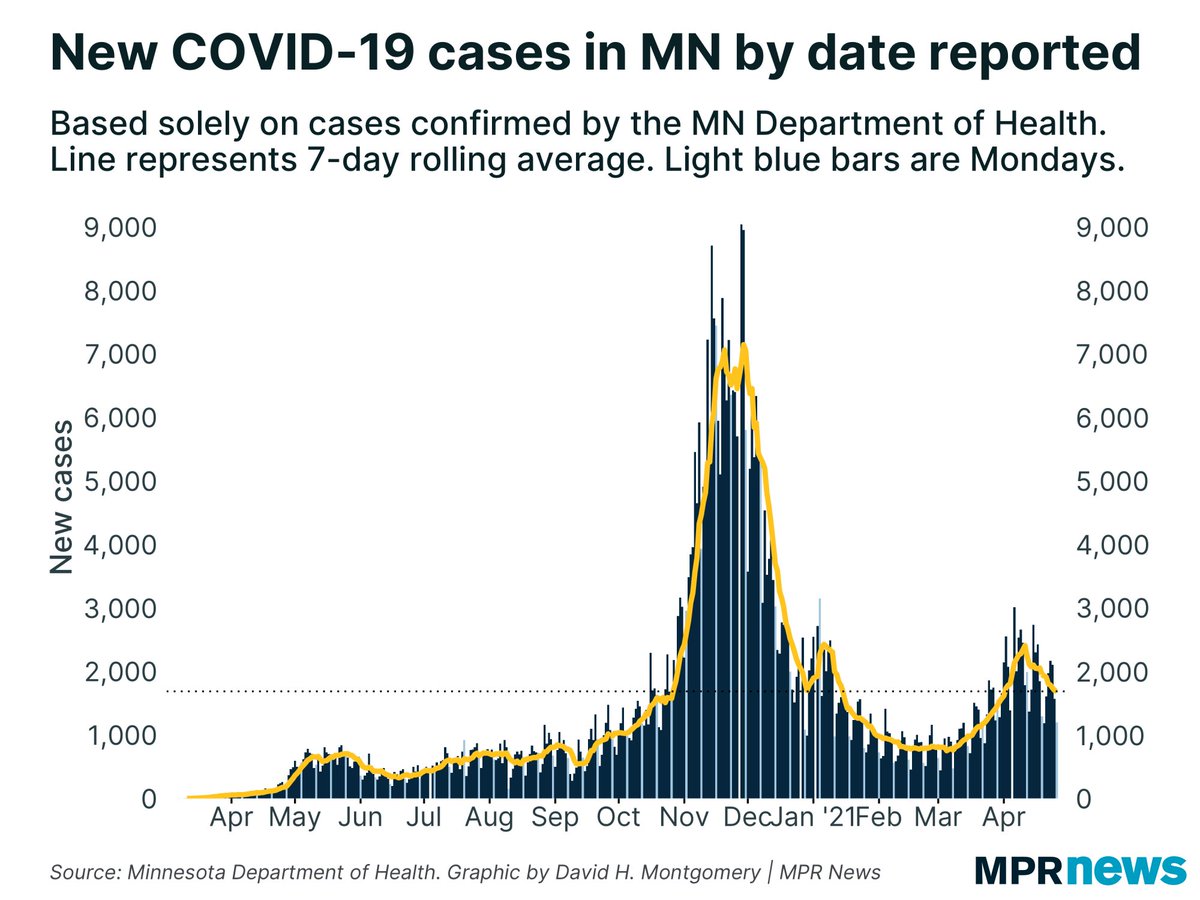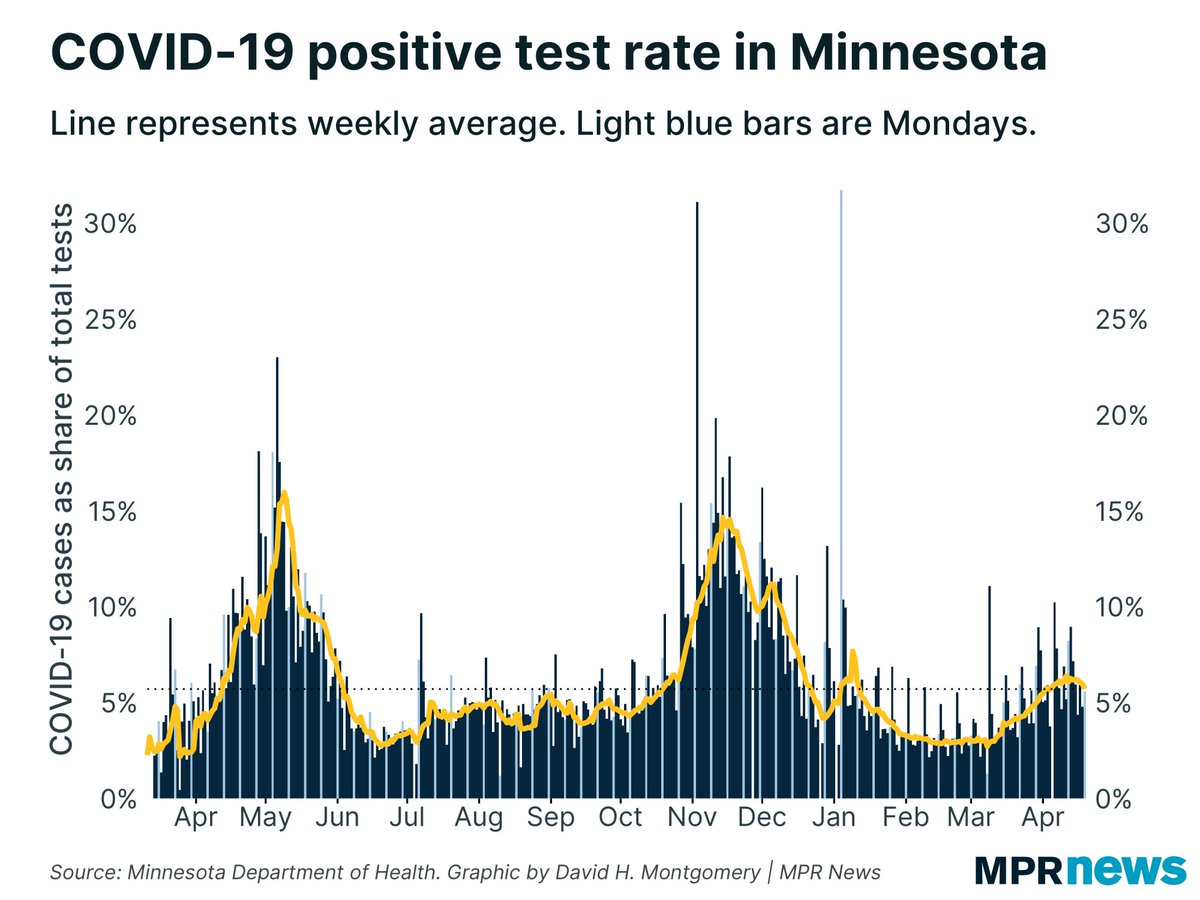
In about 15 minutes, we’ll find out whether Minnesota is going to lose one of its 8 congressional seats for the next decade. Many experts expect MN *will* lose a seat, but we’re on the cusp. Stay tuned, I’ll be tweeting out the news and writing it up later for @MPRnews.
@MPRnews Note that the fact that some states will lose seats as a result of the Census is not in the constitution. A law fixed the size of the House at 435 members. In the 19th Century, the House tended to get more members each decade, instead of reapportioning a fixed sum.
@MPRnews First we need to wade through preliminary remarks before everyone finds out the apportionment numbers…
@MPRnews Our benchmark: Minnesota’s 2010 Census population was 5,303,925.
It had an estimated 5.64 million people in 2019.
It had an estimated 5.64 million people in 2019.
@MPRnews States won’t get block-level population data for redistricting for months yet — “no later than Sept. 30,” Commerce Secretary Gina Raimondo just said.
@MPRnews Such preliminary. Much remarks.
• • •
Missing some Tweet in this thread? You can try to
force a refresh



















